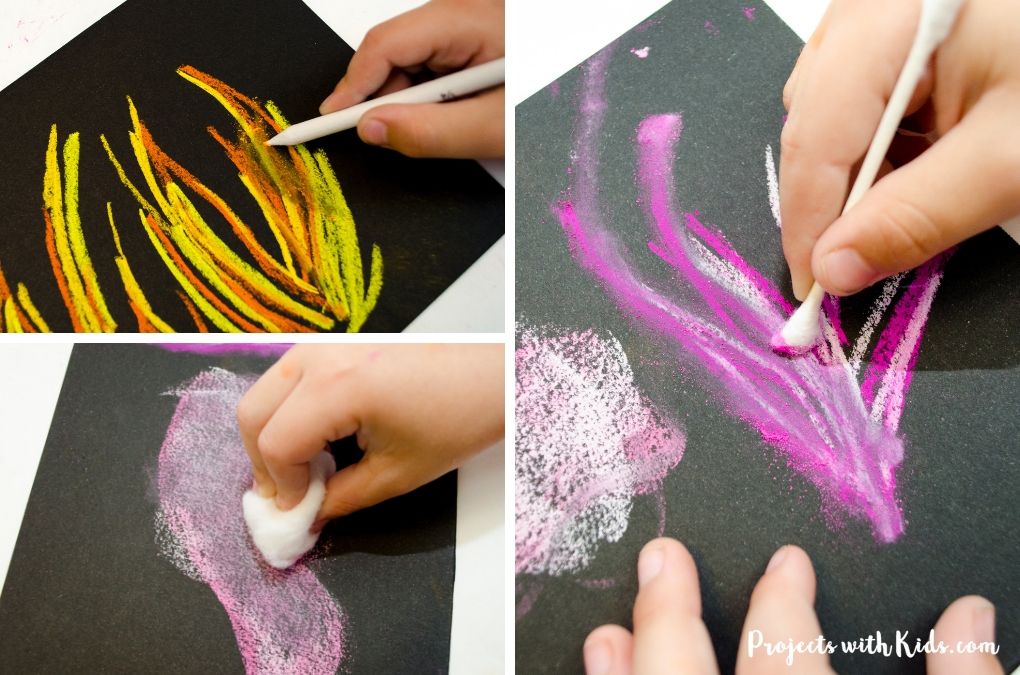

The key to creating beautiful, creamy tones of colour is layering. A drawing teacher or online tutorial can show you some of the techniques you could adopt with the various types of pastels. You can either use the tip of the pastel or drag it on its side to create different effects too. Once applied onto your surface, you can use a paintbrush, toilet paper, cotton wool, chamois, rag or even just your finger to push and blend the pigment. You might also want to wear some gloves or have some wipes nearby to keep your fingers clean. So open a window for some ventilation before you get drawing. Soft pastels are more prone to breaking then harder alternatives.īefore you start, you should expect to produce a lot of dust with dry pastels, much like much like charcoal and charcoal pencils, but you don't have any brushes to clean up.

Soft pastels have a velvety texture which means that most people find them very comfortable to use (like they are 'fluent' in using them, as it were).
Chalk pastels how to#
A Short Introduction On How To Draw With PastelsĪs we've mentioned, there is no right or wrong way to use pastels but it is helpful to know your options. This means that the medium remains soft and therefore workable even after application. Oil pastels have, as the name suggests, an oily finish but, as a result, offer the artist a great deal of flexibility since the product never fully dries. The paste is then moulded into sticks and left to dry. Pastels are made with chalk and dry pigment, bound together to form a thick paste. You will of course need to have a suitable surface like heavy paper designed for pastels. The only tool you will need to produce a basic pastel drawing is your fingers - you can't say the same for many other art mediums! Unlike traditional drawing pencils and crayons, you can easily create colourful pictures that are rich in pigment, and all without the need for paintbrushes, palettes, solvents or water. No matter which type of pastel you use, you are sure to produce brilliant colours, and quickly. Photo credit: See-ming Lee (SML) on Visual hunt. Of all the tools in your artist's box, pastels will give you some of the purest and deepest colours. Several types of pastels are available, but the main categories are hard, soft and oil pastels as well as pastel pencils, each offering their own unique characteristics. The colour is often more intense than other mediums.


 0 kommentar(er)
0 kommentar(er)
